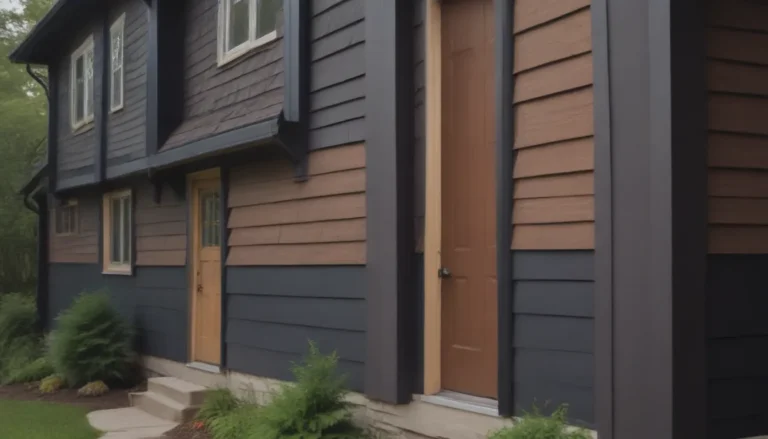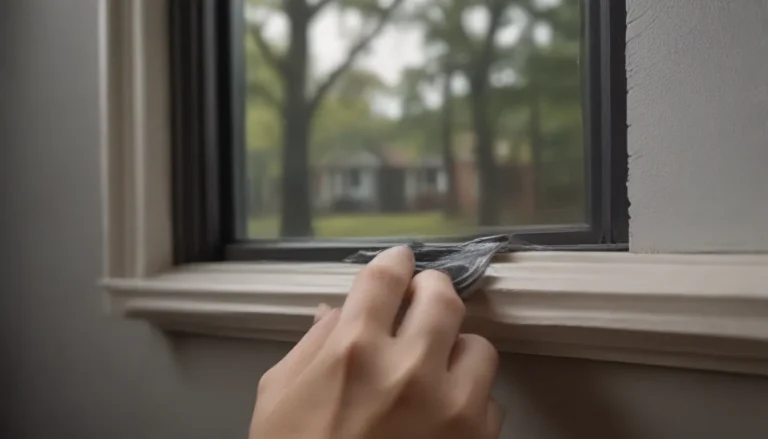Achieving the Best Humidity Level for a Comfortable Basement

Are you frustrated with a basement that feels too damp or dry? Achieving the ideal humidity level in your basement is essential for maintaining a comfortable living space. In this guide, we will explore the best practices for measuring and controlling basement humidity to ensure a pleasant environment in your home.
What Is the Ideal Basement Humidity Level?
Humid basements can lead to musty odors, mold growth, wood rot, and pest infestations. On the other hand, basements with low humidity levels can cause structural damage and discomfort. That’s why it’s crucial to maintain the right balance. Typically, the recommended basement humidity level should fall between 30% to 50%.
- Below 30%: Dry air can lead to cracks in wood and gaps in window frames.
- Above 50%: High humidity can create a muggy environment conducive to mold and bacteria growth.
The ideal basement humidity level may vary depending on factors such as your location, outdoor humidity levels, and the current season. Let’s explore how you can achieve and maintain the optimal humidity level in your basement throughout the year.
How to Measure Basement Humidity
Using Hygrometers
Hygrometers are handy devices designed to measure humidity levels accurately. They are relatively inexpensive and provide valuable information about the moisture content in the air. By strategically placing hygrometers throughout your basement, you can monitor humidity levels and identify potential problems before they escalate.
If you notice signs of high humidity such as mold growth, peeling wallpaper, or rusting pipes, it’s time to invest in a hygrometer to keep track of your basement’s humidity levels.
Causes of Basement Humidity
Basements are particularly susceptible to humidity issues due to their below-ground location and proximity to soil. Moisture can seep into the space through cracks in foundation walls or poor drainage. Activities like cooking, showering, and doing laundry can also increase humidity levels if proper ventilation is lacking.
Other sources of basement humidity include leaking water pipes, dripping faucets, exposed dirt floors, and inadequate ventilation. Identifying and addressing these sources is essential for maintaining a comfortable and healthy basement environment.
Why Is Basement Humidity a Problem?
High basement humidity can lead to various issues, including musty odors, mold growth, wood rot, and pest infestations. Conversely, low humidity levels can cause structural damage and discomfort. Monitoring and controlling basement humidity is key to preventing these problems and ensuring a pleasant living space.
Ideal Basement Humidity Levels by Season
Summer
During the summer months, aim to maintain a basement humidity level between 40% to 50%. This range is comfortable for both the structure and occupants of the home. By avoiding extreme humidity levels, you can prevent discomfort and reduce energy costs associated with excessive dehumidification.
Winter
In winter, when outdoor humidity levels drop, set your dehumidifier to between 30% to 40%. Heating the home can quickly dry out the air, so it’s essential to monitor indoor humidity levels regularly. Using a humidifier when necessary can help prevent dry air and maintain a healthy environment in your basement.
How to Control Basement Humidity
Increasing Humidity Levels
If your basement’s humidity levels are too low, especially during the winter or in dry climates, consider the following methods to increase humidity:
- Use a humidifier to add moisture to the air.
- Place bowls of water near heat sources to enhance evaporation.
- Consider installing a vaporizer or steam generator for targeted humidity control.
Decreasing Humidity Levels
When humidity levels in your basement exceed 50%, it’s time to take action to reduce moisture:
- Use a dehumidifier to remove excess moisture from the air.
- Repair any leaks or sources of water intrusion to prevent further humidity issues.
- Improve ventilation by opening windows or using exhaust fans to promote air circulation.
Maintaining the ideal basement humidity level between 30% to 50% is crucial for preventing mold, wood rot, and other moisture-related problems. By implementing these strategies, you can create a comfortable and healthy living environment in your basement.
In conclusion, achieving the best humidity level for your basement is essential for the overall comfort and well-being of your home. By understanding the factors that contribute to basement humidity, monitoring levels regularly, and taking proactive steps to control moisture, you can enjoy a dry, comfortable, and healthy living space.





